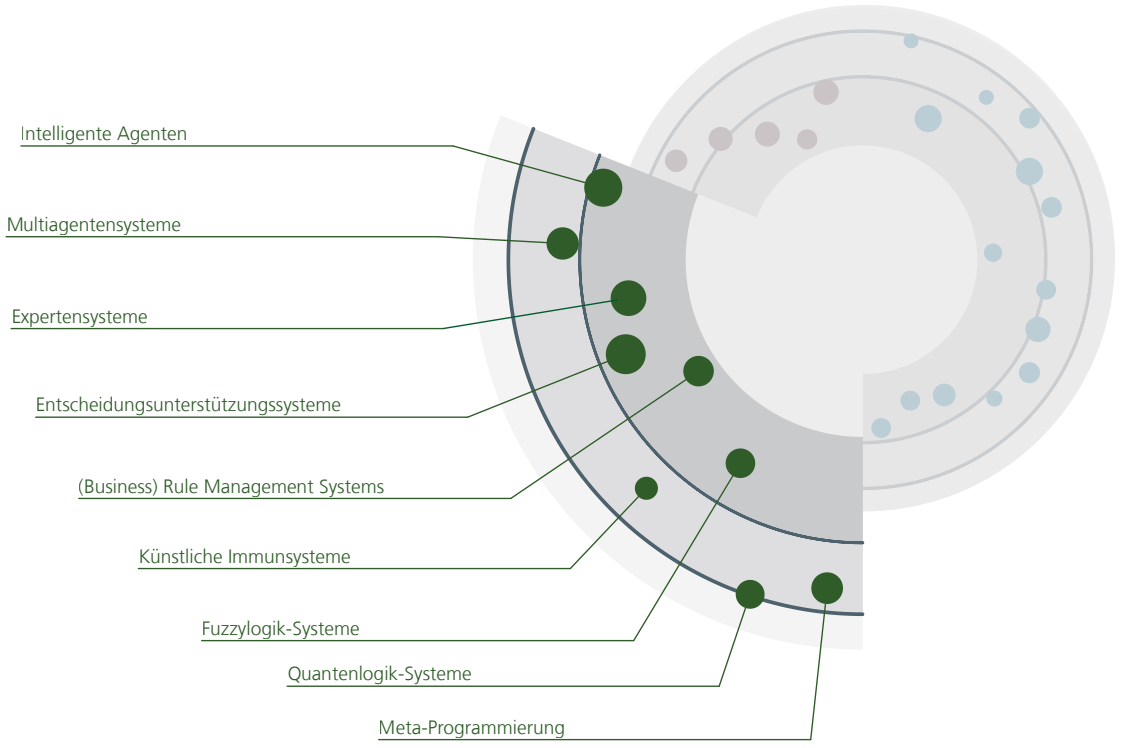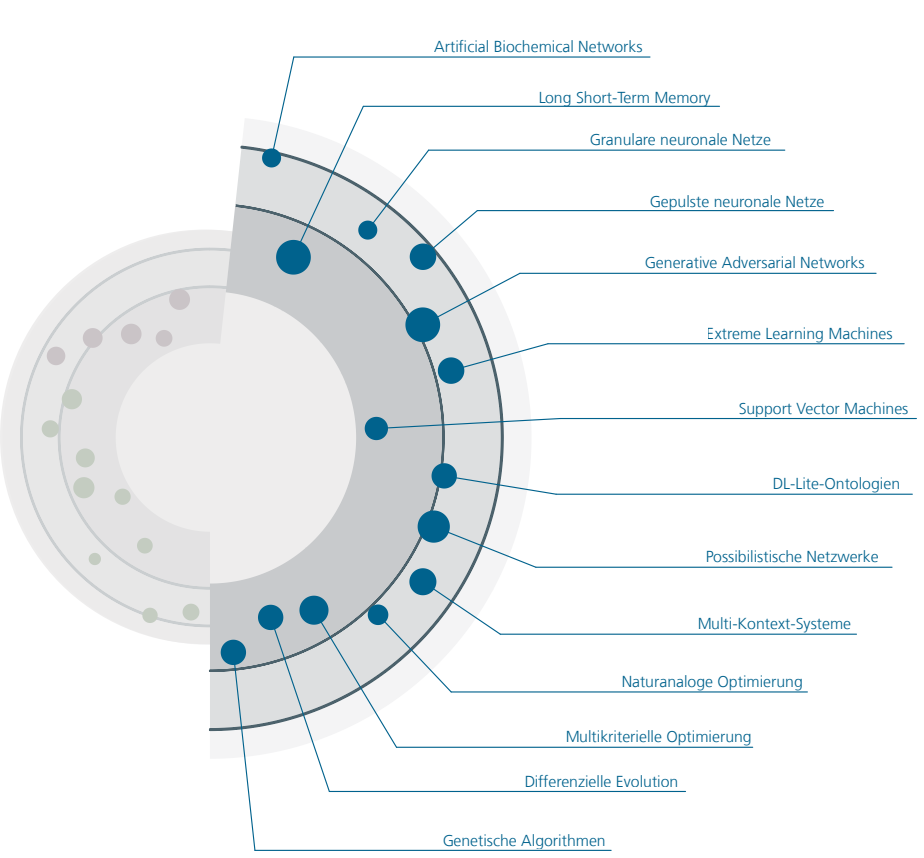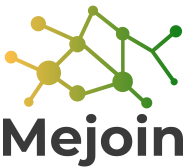This article is the second part of the overview of various AI methods. The first part last week covered the learning methods of AI systems. Now the most important system and algorithm methods are presented and mapped to their application areas. The following systems and architectures arise from different AI methods and thus result in new possibilities and research projects:

The Intelligent Agents are autonomous programs that can perceive their environment through sensor technology, act according to certain rules, and work towards a certain predetermined goal. This can be either proactive, by controlling actuators or systems, or reactive, by making future decisions with collected and processed knowledge. A classic use case is the Internet of Things. Expert systems and decision support systems are appropriately modified forms of intelligent agents.
The Business Rule Management Systems help decision-makers to take important decisions based on a well-founded data basis and stored business-related processes. By incorporating rules and constraints, they provide increased transparency and simplified administration. These systems simulate future developments on the basis of current planning. Thus, errors can be detected early and appropriate countermeasures have a high chance of success. These systems are therefore very relevant for many companies and can be used very widely.
Another AI system deviates from the classic description options. As a rule, results are displayed as 0 or 1, hot or cold, on or off. Fuzzy logic systems go a step further and use intermediate forms for the creation of results. This enables finer distinctions to be made, which are necessary in many real application scenarios anyway, which means that fuzziness can be determined more accurately. This is especially necessary for control systems and image or speech processing.
Now the building blocks of the AI systems, i.e. their algorithms for the classification and processing of the existing data, are already following:

The first combined algorithms are so-called Artificial Biochemical Networks. These mimic, as the name suggests, biochemical processes from different organisms in nature, making these AIs dynamically changeable. One starting point is the simulation of the cooperation of different proteins of the human body. The main applications are in robotics and control systems, where it is often necessary to process sensor data and at the same time perform mechanical work.
The Generative Adversarial Networks are the second group of the presented algorithms. These networks are designed to generate realistic looking data like images and videos. Therefore this AI contains two neural networks which are in contrast to each other. The generative network generates data which are checked and evaluated for quality by the discriminating network. This technique can be used for realistic images and videos, for example for marketing or sales.
The next group of techniques that have cribbed their approach is the Nature-Analog Optimizations. These use behavioral patterns from the animal kingdom to solve optimization problems. For this purpose, the swarm intelligence of fish and bees is observed, which are only able to solve difficult tasks in a group and thus show intelligent behaviour. In AI, the individuals are represented by intelligent agents. The application here is mainly in logistics and warehouse management, when routes and processes have to be optimized with unknown means.
The last method presented here is Differential Evolution. These deal with purely mathematical problems in companies. For the problem to be solved, different proposed solutions are first examined and iteratively modified with an appropriate mathematical formula until the AI identifies a suitable solution. Since the method is relatively easy to perform, it is used in many technical areas such as hardware design and robotics.
As you can see, there is a suitable AI method for almost every application. If the necessary knowledge is available, AI is able to tackle and automate the problems in the company. Nevertheless, and precisely because of the great diversity of AI, individual consulting and implementation is essential to generate the most added value for the company. On this page, you can see all AI methods and their comparisons with each other, as well as explore further information about offers and possible applications.


0 Kommentare zu “Our Nature in Artificial Intelligence – KI Methods 2/2”